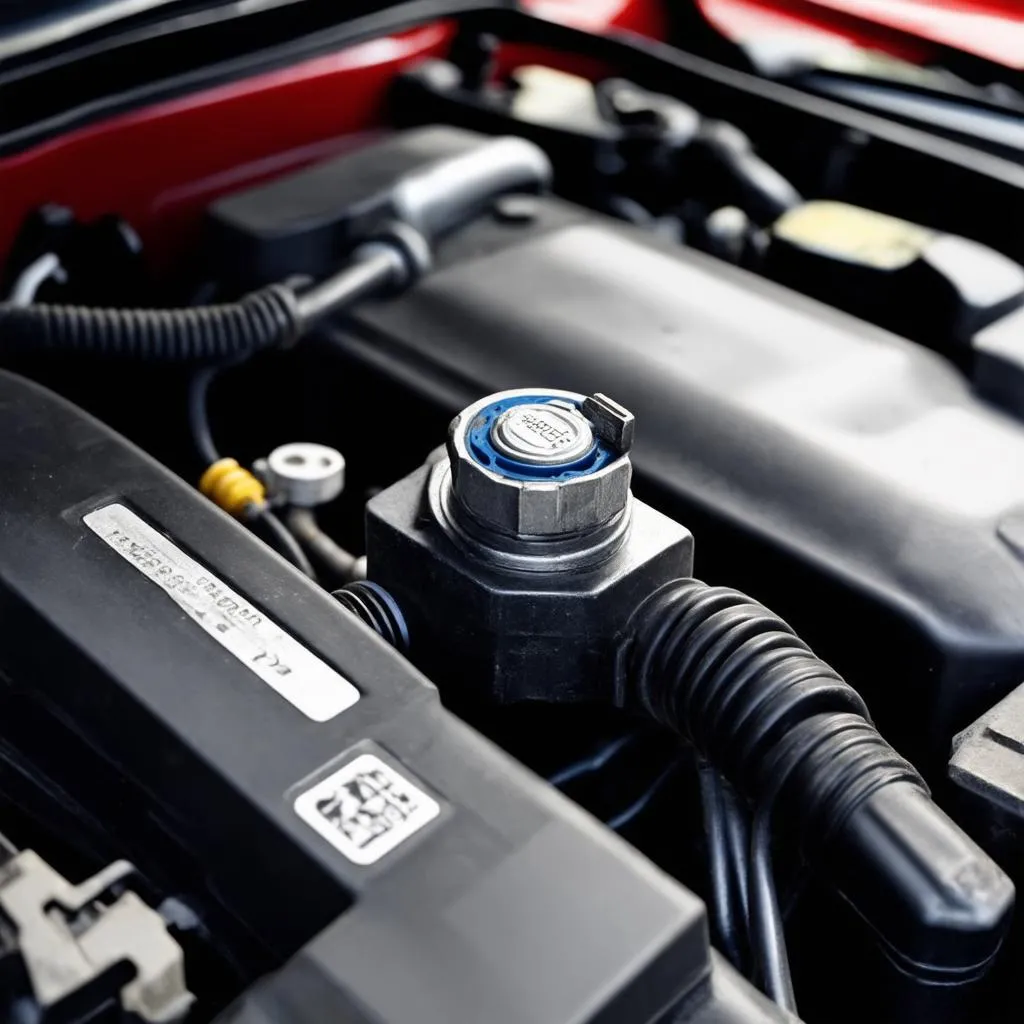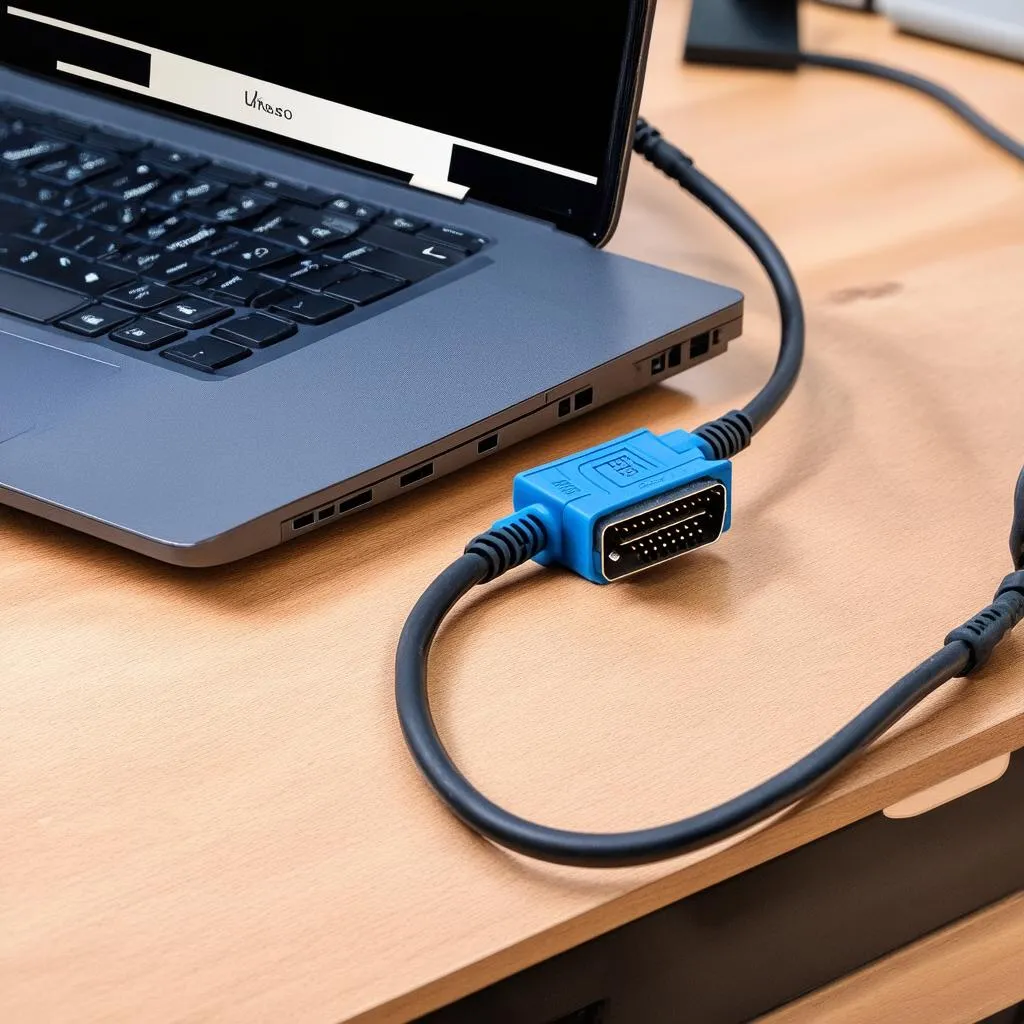Oil Pressure Measuring Block VCDS: A Comprehensive Guide
Have you ever wondered how your car’s engine knows when to deliver the perfect amount of oil to keep it running smoothly? It’s all thanks to a clever system called the oil pressure measuring block, and with VCDS (Vag-Com Diagnostic System), you can gain valuable insights into its performance. But before we dive into the technical details, let’s rewind a bit.
What is Oil Pressure Measuring Block VCDS?
Imagine your car’s engine as a bustling city. Just like a city needs a robust network of pipes to deliver water, your engine relies on an oil pressure system to deliver lubrication to all its moving parts. The oil pressure measuring block, also known as the oil pressure sensor, acts like a traffic controller, monitoring the flow of oil and sending signals to the engine control unit (ECU) to keep everything running smoothly.
VCDS, on the other hand, is a powerful diagnostic tool specifically designed for Volkswagen, Audi, Seat, and Skoda vehicles. It allows you to access and interpret the data stored in the ECU, including the readings from the oil pressure measuring block. This information can be vital for identifying potential issues with the oil pressure system before they escalate into major problems.
The Importance of Oil Pressure Monitoring
Think of it this way: just like a well-maintained irrigation system keeps a garden thriving, proper oil pressure is essential for the longevity and health of your car’s engine. Low oil pressure can lead to severe engine damage, including:
- Increased Wear and Tear: Insufficient lubrication can cause friction and wear on engine components, leading to premature failure.
- Engine Seizures: If the oil pressure drops too low, the engine can seize up, requiring extensive repairs or even replacement.
- Reduced Engine Performance: A compromised oil pressure system can affect engine performance, leading to reduced power and efficiency.
Measuring Block Values and What They Mean
With VCDS, you can access specific measuring blocks related to the oil pressure sensor. These blocks typically display values like:
- Oil pressure reading: This indicates the current pressure within the oil system.
- Oil pressure switch status: This shows whether the oil pressure switch is functioning properly.
- Oil temperature: This provides information about the temperature of the oil, which can be a valuable indicator of overall engine health.
By analyzing these values, you can gain a comprehensive understanding of your car’s oil pressure system and identify any potential problems early on.
What’s the Ideal Oil Pressure Reading?
The ideal oil pressure reading varies depending on the specific vehicle and engine. However, a general rule of thumb is that at idle, the oil pressure should be between 10-20 PSI. As the engine RPM increases, the oil pressure should also rise accordingly.
Common Oil Pressure Problems and How to Diagnose Them
Oil pressure problems can manifest in various ways. Some common symptoms include:
- Engine oil light: This is a clear indication that your car’s oil pressure is low.
- Loud engine noises: A knocking or rattling sound can signify insufficient lubrication.
- Engine overheating: Reduced oil pressure can lead to overheating, particularly during heavy loads.
- Engine performance issues: A lack of oil pressure can cause engine hesitation or stalling.
Using VCDS to Diagnose Oil Pressure Issues
VCDS can help you pinpoint the root cause of these problems. By examining the oil pressure sensor readings and comparing them to the manufacturer’s specifications, you can determine if the sensor itself is faulty or if there’s a problem with the oil pressure system itself.
Troubleshooting and Repairing Oil Pressure Issues
If you suspect an oil pressure problem, it’s crucial to address it promptly. Here are some general troubleshooting steps:
- Check the oil level: Ensure that the engine oil level is within the recommended range.
- Inspect the oil filter: Make sure the oil filter is clean and not clogged.
- Inspect the oil pressure sensor: If the sensor is faulty, it will need to be replaced.
- Inspect the oil pressure relief valve: A faulty relief valve can lead to low oil pressure.
- Check for leaks: Look for leaks in the oil system, including the oil pan, oil lines, and oil pressure switch.
Frequently Asked Questions (FAQs)
Q: Can I use VCDS to reset the oil pressure light?
A: While VCDS can access and clear various fault codes, it may not always be able to reset the oil pressure light. In some cases, the light may reset automatically after resolving the underlying issue. However, if the light remains on, it’s essential to have the vehicle inspected by a qualified mechanic.
Q: What are some common oil pressure sensor brands?
A: Some well-known oil pressure sensor brands include Bosch, Delphi, and Denso. However, always consult your vehicle’s owner’s manual or a qualified mechanic for the specific brand and part number recommended for your car.
Q: Can I use VCDS to adjust the oil pressure?
A: It’s not recommended to attempt to adjust oil pressure using VCDS. The oil pressure system is designed to operate within specific parameters, and any adjustments could lead to damage.
Conclusion
Understanding oil pressure and how to monitor it with VCDS is crucial for maintaining your car’s health and longevity. Remember, regular maintenance and preventive measures can go a long way in preventing major oil pressure issues. If you have any questions or concerns, don’t hesitate to consult a qualified mechanic.
 Oil Pressure Sensor
Oil Pressure Sensor
 VCDS Cable
VCDS Cable
 Oil Pressure Gauge
Oil Pressure Gauge
For expert assistance with diagnosing and troubleshooting oil pressure issues, don’t hesitate to contact us! Our team of skilled technicians can help you resolve any concerns you may have.
Whatsapp: +84767531508
